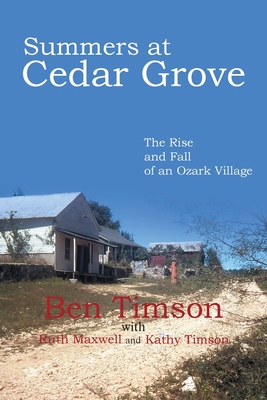
description
ith many clear, spring-fed streams. One of the most scenic is the Current River. High up on the river, a low-water bridge serves as a popular put-in location for several thousand canoe and kayak floaters each year. The site is known as Cedar Grove. Many floaters arriving at the bridge have no idea of the origin of the put-in location's name. Summers at Cedar Grove is the story of the once thriving village that existed at the bridge told through the eyes of the author, who spent many summer days during his childhood at the family farm near the village. First known as Riverside, the village was formed in 1875 and was populated primarily by Scots-Irish migrants from Appalachia. During the timber boom of the late nineteenth and early twentieth centuries, Riverside rose to prominence and became known as Cedar Grove. The timber was stripped from the land over four decades, and the village eventually faded from existence. Through a combination of historical data and stories relayed from individuals who lived in the community, the reader will learn about the mill, stores, one-room school, health care in the village, and the people that supported it during its rise and fall.
member goods
No member items were found under this heading.
Return Policy
All sales are final
Shipping
No special shipping considerations available.
Shipping fees determined at checkout.







